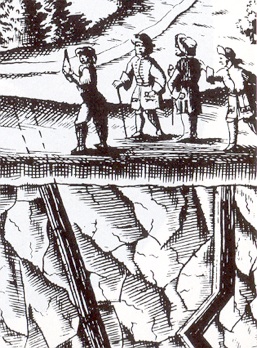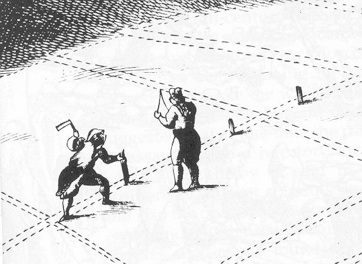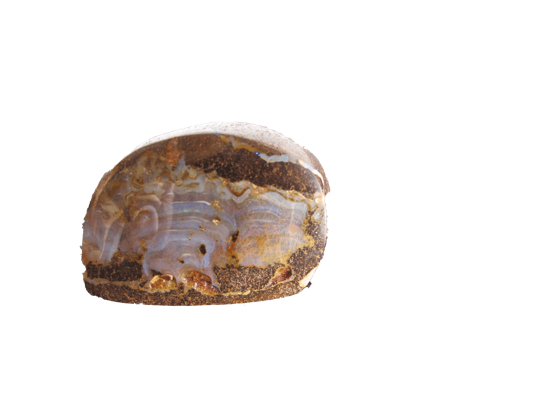Science and Dowsing

In the mining regions of Europe dowsing with a forked twig had by the late 1600s become a standard technique for locating concealed lodes of metal ore. Local peasants were also beginning to use the technique to find underground water.
Given that in these hard-rock regions ore lodes and flowing groundwater are often controlled by similar fault and fracture systems, the appliance of science to dowsing might start with the hypothesis that skilled dowsers have learned to respond to geophysical signals linked to such faults.
For various reasons, including the fact that few geologists have been involved in the design of dowsing experiments, and the difficulties of conducting full
double-blind tests under realistic geological conditions, only a few scientific tests of the geophysical hypothesis have been carried out.
Instead, as discussed in the Wikipedia article on dowsing investigators have focused on dowsers’ claims to locate small pipes through which water is flowing. Since such pipes create no geophysical signals, the geophysical hypothesis predicts that dowsers can’t locate them. Broadly, that’s what double-blind experiments have shown.
When we look at the few experiments that have tested dowsers’ abilities to locate concealed underground faults, fractures, or other discontinuities, a different story emerges. In particular, there is now evidence that some skilled dowsers may have learned to respond to the enhanced levels of microseismic activity above such discontinuities.



According to the geophysical hypothesis, some successful dowsers have learned to adapt their ideomotor responses to relevant geophysical cues such as the enhanced levels of microseisms above faults, fractures and other discontinuities. So how could dowsers in Oz detect beautiful lumps of opal that are too small to generate geophysical signals? Read more here.
A surveyor marks out the course of a concealed mineral vein located by a dowser. Detail from woodcut in Balthasar Rossler’s Speculum Metallurgiae Politissimum, 1700.
Watched by curious onlookers, a dowser searches for a metal ore lode hidden beneath the soil, Detail from woodcut in Balthasar Rossler’s Speculum Metallurgiae Poliitissimum, 1700.
More about the appliance of science to dowsing in Tom’s book Dowsing - New Light on an Ancient Art.
Australian opal.
Credit: Tom Williamson.
The physics professor and the dowser.
Working with the German aid agency GTZ, water dowser Hans Schroter achieved a remarkable level of success in locating water supplies in particular geological situations. Although Schroter’s accumulated geological knowledge almost certainly played a part, the exceptional success rate suggests that Schroter may have learned to subconsciously respond to relevant geophysical cues. Read Professor Hans-Dieter Betz’s report here and here.